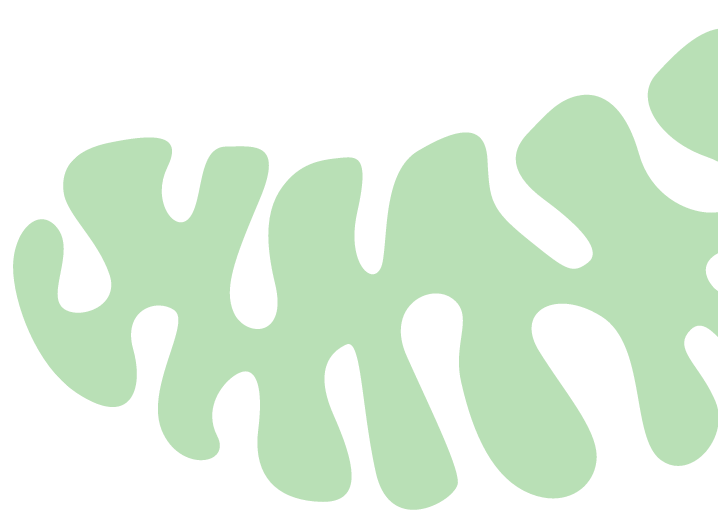What is LHON?
LHON stands for Leber’s Hereditary Optic Neuropathy or Leber Optic Atrophy.
LHON is a mitochondrial disease (mito) caused by a change in the function of mitochondria, which are the energy producing organelles. LHON is the most common inherited mitochondrial disorder.
In LHON the optic nerve is particularly vulnerable to mitochondrial defects because of the high-energy requirements and the need to keep the retina transparent to light.
LHON causes acute vision loss, occurring most commonly in adolescents or young adults. It is caused by mitochondrial DNA mutations and can only be inherited from the maternal line, unlike nuclear DNA mutations. The mother can be unaware of transmitting the risk for such a disease as she frequently carries the mutation without being affected. There are three mitochondrial DNA mutations which are responsible for the majority of LHON cases (about 90%), however, more rare mutations have been discovered that also cause central vision loss – a typical hallmark of LHON.
LHON has a prevalence of 1/25.000 to 1/50.000 and it is more frequent in males.
What are the symptoms?
Patients typically notice vision loss in one eye as if a small part of the picture had been cut out in the centre. This usually bright spot expands toward the edges leaving a small peripheral residue. At this point the other eye also starts to lose its central vision. This central hole is called scotoma and it may have different shapes from a bright ball to a star. In the majority of cases the patient begins losing vision in the second eye a few weeks or months since onset, but a bilateral involvement can also be manifested from the beginning of the disease and reaches stability after a maximum of two years after onset.

The peripheral visual residue gives a low kind of vision, similar to a monitor where the pixels are no longer working and the image is composed of lots of little bright grey and white dots, this is sometimes known as “chess board vision”.
What is it like to have LHON?
Some patients describe it as being constantly blinded by the sun, day and night. LHON patients are unable to recognize faces, read books or street signs because of the constant bright light or large grey blind spot.
LHON, which can lead to legal blindness, is not characterized as the type of visual impairment mainly manifested in low light situations. Therefore, it must not be mistaken for Leber’s Congenital Amaurosis, which is also called “darkness disease”, a retinopathy not caused by a dysfunction of the mitochondrial metabolism.
Voice synthesisers and other technology on smart phones and computers can significantly help legally blind people work, study and complete everyday activities.
Watch a video of real LHON patients describe the impact on their lives, and that of their families.
How can ophthalmologists help?
Unfortunately, LHON is often mistaken for Optic Neuritis and therefore Multiple Sclerosis, an ischemic lesion or even a brain tumor. It is important that eye doctors ask patients whether there is any family history of vision loss along the maternal line, and if it is accompanied by pain in the eye region, which is usually absent in LHON. During an eye examination in the acute phase the back of the patient’s eye in some cases may show typical signs of the disease (optic disc pseudoedema, hyperemia and micro- angiopathy) but in other cases it may look completely normal. Further investigations such as Optical Coherence Tomography (OCT), visual fields and electrophysiology (Pattern visual evoked potentials and Pattern Electroretinogram) may help to gain an accurate diagnosis. The OCT is the most reliable examination for quantitatively measuring the degree of damage of the optic nerve and its progression.
Is there a cure?
Currently, there is no definitive cure or way to stop the progression of the disease. High dosages of antioxidants, such as Idebenone, can help to stabilise the course of the disease and, if diagnosed early, can significantly lower the damage in both eyes, thus favouring vision improvement. Research into gene therapy, and other possible therapies is taking place around the world, with the hope that treatments and cures will be soon available, as currently under development.
As a means of prevention, it is strongly recommended to avoid smoking, as well as alcohol.
The above content has been revised by:
Dr Piero Barboni Neuro - ophthalmologist, IRCCS Ospedale San Raffaele of Milan
Prof. Valerio Carelli - Neurologist, IRCCS Istituto delle Scienze Neurologiche di Bologna, University of Bologna
Dr Anna Maria De Negri Neuro - ophthalmologist, Azienda Ospedaliera San Camillo Forlanini of Rome
Dr Chiara La Morgia - Neurologist, IRCCS Istituto delle Scienze Neurologiche di Bologna, University of Bologna
Resources
Please click on the images to download and share these brochures to inform others about LHON. The brochures are available in English, Italian, German and Portuguese.
National LHON organisations / contacts
Canada - LHON Canada
Germany - LHON-Deutschland.e.V
Italy - Mitocon
The Netherlands - Oogvereniging
Norway - Contact us for details
Portugal - Contact us for details
Spain - Asociación de Atrofia del Nervio óptico de Leber (ASANOL)
Sweden - LHON Eye Society
LHON and IMP
LHON is a type of mito, which causes vision loss. There are national LHON patient organisations around the world who support those affected locally. IMP welcomes these organisations to join forces with IMP, and its other members, to create a louder voice for all.
Paula Morandi, an LHON International Patient Advocate, is a member of the IMP Board and represents patients affected by LHON and other Mitrochondrial Eye Diseases and speaks at many conferences around the world.
Find out more about becoming a member.









